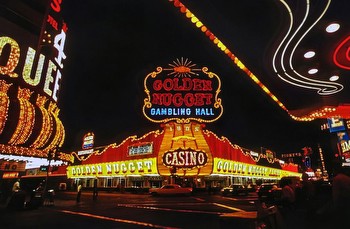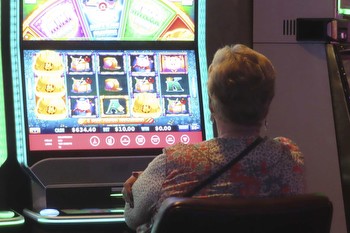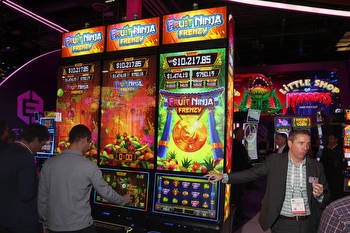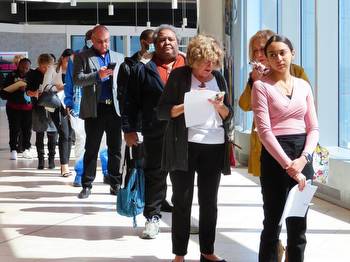Casino industry spurs $329 billion in U.S. economic activity

ATLANTIC CITY, N.J. >> The casino gambling industry in the U.S. generates nearly $329 billion a year in economic activity, according to a new study by the industry’s national trade association.
The American Gaming Association released a study Monday showing the industry’s economic impact in 2022 was up 26% from 2017, before the COVID-19 pandemic hit.
Commercial and tribal casinos support 1.8 million jobs, including 700,000 jobs at casinos themselves or related businesses, about the same as in 2017. Those jobs generated $104 billion in wages across the country, up 40% from 2017, according to the study.
The industry paid $52.7 billion last year in taxes to federal, state and local governments, up 29% since 2017, the report said.
The report was the first such study released by the association since 2018, which presented 2017 data.
Bill Miller, president and CEO of the association, said the numbers show the casino industry’s “resiliency and continued strength” since the pandemic first hit.
“Think back to where we were a few years ago with nearly 1,000 casinos, almost all of them closed,” he said. “Today, we’re seeing record revenue in the industry.”
Miller said the association will use numbers from the survey to press its case to lawmakers in favor of gambling industry goals, including a government crackdown on unlicensed gambling operations.
The U.S. casino industry is having its best year ever this year in terms of the amount of money won from gamblers. It is on a pace to exceed the $60 billion it won from gamblers last year.
“I think it speaks to the continuing popularity of casino gambling in the United States,” said David Schwartz, a gambling historian at the University of Nevada Las Vegas. “Despite some economic headwinds, casinos remain powerful drivers of economic activity.”
Jane Bokunewicz, director of the Lloyd Levenson Institute at New Jersey’s Stockton University, which studies the Atlantic City gambling industry, said money won by casinos is just part of their overall contribution to the nation’s economy.
“Casinos are often the largest employers in a region, with major commitments in terms of wages and benefits,” she said. “People employed by casinos use those wages and benefits to purchase additional goods and services, generating secondary economic impact.”
Bokunewicz said casinos spend significant sums on operating costs, including purchases of goods and services like food, linen, hotel room amenities, laundry services, and building maintenance. They also hire local builders and vendors for construction and ongoing capital improvements.
The survey examined money won from gamblers or spent at non-gambling casino businesses like restaurants and stores, including traditional casino games, sports betting and online gambling. Also surveyed was capital investment, including the building and opening of new casinos or renovations to existing ones, and spending by manufacturers of gambling devices including slot machines.
It included supply chain spending by casinos, and spending by casino workers on non-gambling items. And it also included $13.5 billion in so-called catalytic spending by casino patrons outside casinos, on things like transportation to and from a casino resort, and money spent at restaurants that are not part of casinos.
Commercial casinos employed almost 332,000 workers last year, who earned $16.3 billion in wages and benefits, and tribal casinos employed almost 265,000 workers, who earned $8 billion in wages and benefits. There also were almost 89,000 jobs at businesses serving casino patrons during trips or in casino construction and renovations, and more than 23,000 jobs at gambling equipment manufacturers.
Non-gambling revenue accounted for nearly 17% of casino revenue last year, including money from food and beverage sales, hotel rooms and other items.






























